ODI CFT Podium MX Handlebar
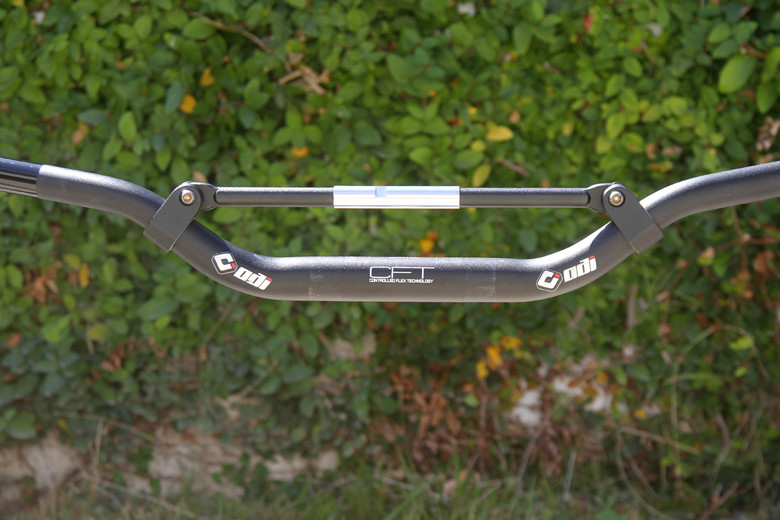
Motocross is all about comfort. How can I say this when any time I come back from the track I feel like I was dropped from the top of three-story building? Because if a rider isn’t comfortable, they are not going to ride to the best of their ability. Physical comfort is a pure luxury on the track; mental comfort is an absolute necessity. One of the parts on a bike where the two ideas converge is the handlebar. No other part is as crucial in helping a rider achieve ergonomic desires and physical requirements. While the basic concepts remain the same, today’s handlebar designs are superior in every way to bars from 20 or even 10 years ago. A perfect example of the technology available today is the new ODI Controlled Flex Technology (CFT) handlebars.
How is the ODI CFT different? For starters, ODI isn’t really known as a handlebar company. Instead, they have been the go-to source for cycling grips for ages and have recently gained major traction in the MX grip market as well, largely due to their innovative grip designs and excellent rubber compounds. The CFT handlebars are essentially an extension of that innovation, as ODI is trying to meet the market at the cross section of comfort and performance.

At first glance, the CFT Handlebar looks similar to many of its competitors: a 1 1/8 inch bar with a crossbar. Granted, there are not many oversized bars with crossbars, but it is not unheard of. However, further inspection reveals that the crossbar itself is far from ordinary. A machined aluminum piece in the center of the crossbar houses an elastomer dampening system that allows the crossbar to expand by up to 2mm. The reason the crossbar can stretch that much is due to the 6061 aluminum construction of the main part of the handlebar, allowing more flex than a standard 1 1/8” bar yet with more strength than a 7/8” bar.
Saying that the ODI CFT Handlebar is the best of both worlds might be an overstatement, but I am certain of one thing…it works. I consider myself to be a fairly precise and smooth rider with decent line selection, but even Ron Lechien, Christophe Pourcel, and Kevin Windham would hit the occasional square-edged bump that all of the factory suspension in the world couldn’t soak up. It is times like these that any extra flex in the chassis and handlebars is noticeable and welcomed. If the bars are designed solely to be strong enough to withstand the stresses of a crash, they probably will not give very much. But, when flex is the basis of the design, it is indeed noticeable.

On the track, the CFT Handlebar essentially moves as you want a handlebar to move. It is rigid enough for those precise movements that help you feel connected to the front end, but gives under jarring bumps. There have been several occasions when I knew I was about to hit a sharp braking or acceleration bump, and braced for the buzz of pain to my wrists only to receive very little feedback. It’s a strange sensation when you are expecting pain but experience none, yet this has been a consistent occurrence with the ODI CFT Handlebar.
There have been several bars in the past with excellent energy absorption concepts, but were too heavy, too pricey, or had poor execution. The ODI CFT Handlebar utilizes a simple concept that, while new, is already very well refined.

While using the correct bar bend is very important to me, I have never been too particular about brands, but I can now say that given the option the ODI CFT Handlebar is on my shortlist. But, like everything else, it is not perfect.
Hits against the CFT Handlebar? It is only available in black (although there are a bunch of different colored bar pads); once you have ridden without a crossbar, it can be difficult to go back, and vice versa…this handlebar is only available with a crossbar; at $119.95, it is one of the more expensive bars on the market.
On the flip side, I’ve been saved from several possible wrist tweaks thanks to these bars and their forgiving nature. I have also had a couple of decent spills that would undoubtedly have bent a 7/8” bar, but the ODI’s are still as straight as an arrow.
Overall, the ODI CFT Handlebar is an excellent first entrant into the premium handlebar market, especially for a company that deals more often with rubber than with metal.
For more information, visit www.odigrips.com.
-Bayo Olukotun
1 member reviews
I started with their Emig lock on grips and absolutely loved them. So much so,iwent and dropped the $120 on the bars hoping for some relief to the pains I'm often left with after moto'ing on a blown out track. These bars delievered (and so do the Emig Lock On grips).
0 comments
Post a reply to: Buy them and you'll hooked
Specifications
• Reduced vibration and rider fatigue
• Designed for those riders looking for the perfect balance between strength and comfort
• The strongest handlebar from ODI
• Oversized 1-1/8” clamp diameter improves bar/clamp grip; requires oversized handlebar mounts
• Ti-colored clamps, crossbar connector and matching ODI graphics
• Lightly Knurled left slide helps with grip bar adhesion, without interfering with lock-on grips
• Includes blacked-out injection-molded high-density ODI crossbar pad
• Multiple bend options available



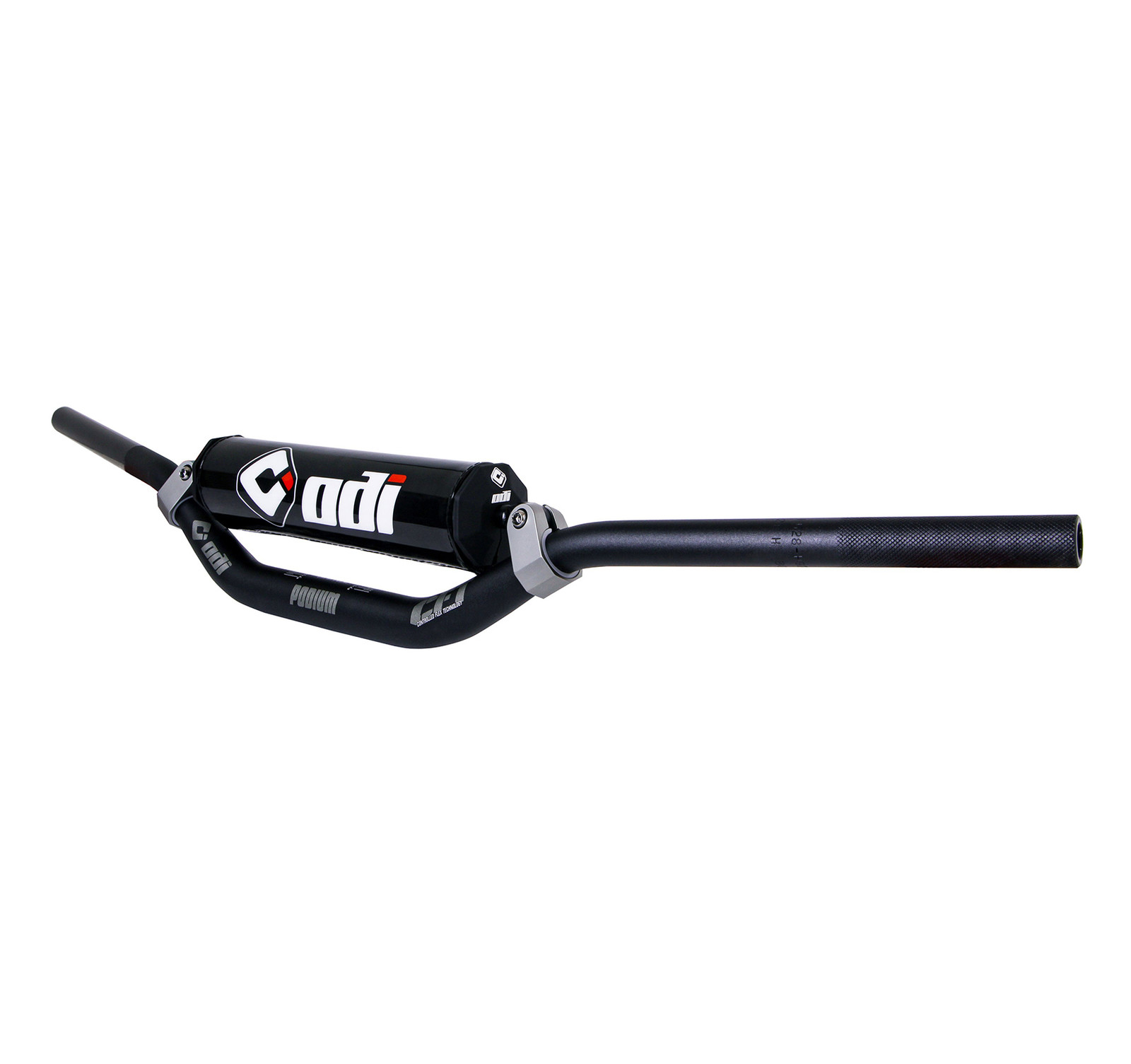





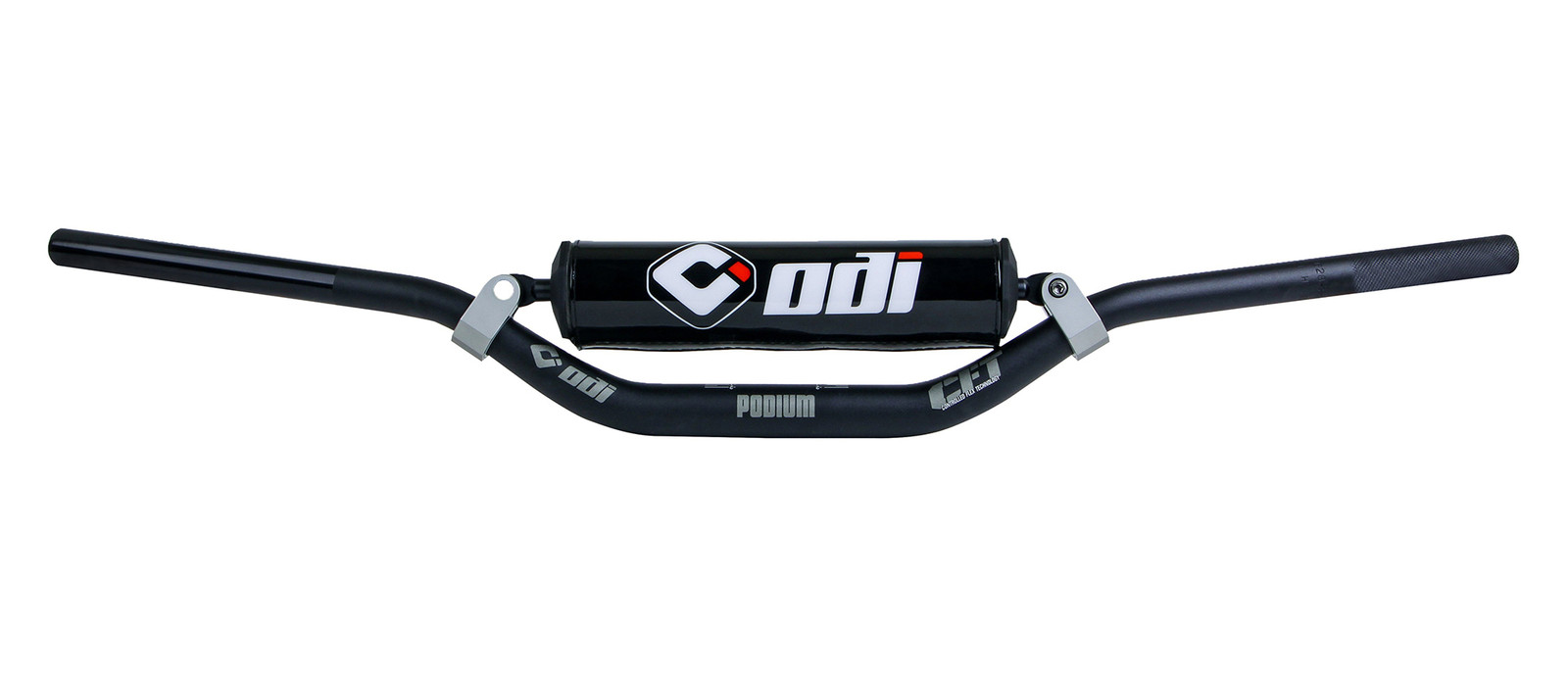

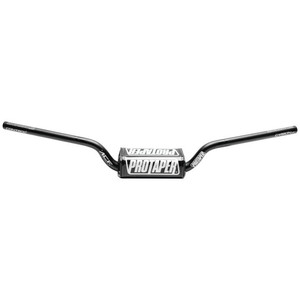

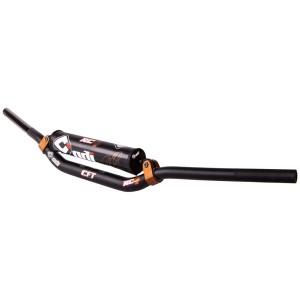


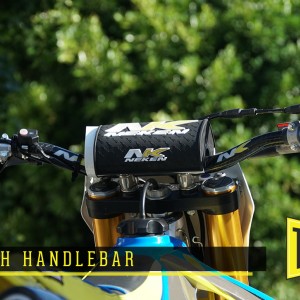
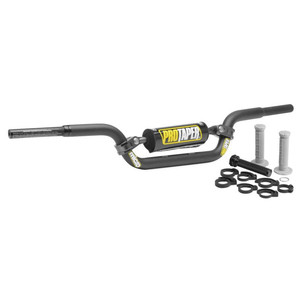






































0 comments
Post a reply to: Get Your Flex On